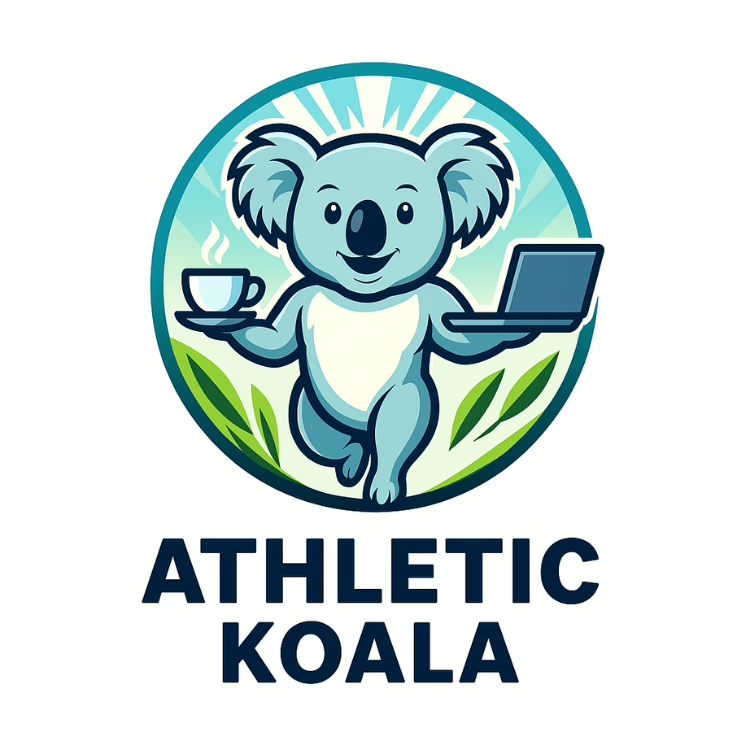Getting The Word Out About Your NDIS Family Support Groups
Tips From Michael
Running an NDIS family support group is all about helping families feel understood, connected, and supported.
But here’s the thing – if people don’t know about your group, they can’t join. Smart marketing is the difference between an empty room and a thriving community.
So, How Do You Get The Word Out Without Sounding Like A Business?
Here are 9 ways to market your NDIS family support group effectively – without the fluff, the corporate talk, or the salesy nonsense.
Tip 1: Build a Website That Feels Like a Safe Space
A website isn’t just a digital flyer – it’s the first impression people have of your group. It should feel welcoming, warm, and real.
Most NDIS websites look the same: generic stock photos, corporate-speak, and zero personality.
Avoid this mistake. Instead:
- Write like you talk – friendly, clear, and down-to-earth.
- Make it easy to find information about meeting times, locations, and how to join.
Your website should feel like a hug, not a sales pitch. Add testimonials from members about how the group has helped them.
Share a short introduction video explaining what to expect at a meeting. Make it as easy as possible for new families to feel comfortable joining.
Tip 2: Use LinkedIn to Tell Real Stories
Posting “Join our support group” on Facebook won’t cut it. People connect with stories.
Try this instead:
- Share real experiences (with permission, of course).
- Post practical tips for families navigating NDIS.
- Go behind the scenes – show your team, your meetups, or a “day in the life” of your group.
Authenticity wins. If your posts feel human, people will engage. Don’t just stick to one platform – Facebook, Instagram, and even LinkedIn can be powerful tools.
Use videos and live Q&A sessions to make your group feel interactive and engaging.
LinkeIn algorithms prioritize content that starts conversations, so encourage discussion with open-ended questions.
Tip 3: Use SEO (Without the Jargon)
SEO (Search Engine Optimisation) sounds techy, but it’s simple: Use the words people actually search for.
Instead of saying:
- We offer family-focused peer support for NDIS navigation.
Say:
- Need help understanding NDIS for your child? We run a free support group for parents like you.
Use phrases real people use, and Google may start to do the work for you.
Blogging also helps – write about common questions parents have, like “How to Prepare for Your NDIS Review” or “What Support is Available for Families Under NDIS.”
This keeps your website active and increases your chances of showing up on Google.
Tip 4: Partner with NDIS Providers & Therapists
NDIS support coordinators, therapists, and disability services already work with families who need help.
Build relationships with them so they can refer people to your group.
Ways to do this:
- Offer to speak at their events.
- Ask if they can mention your group in their newsletters.
- Provide them with flyers or easy-to-share links.
Referrals from trusted professionals carry more weight than any ad ever could.
If possible, organize joint events – like a free information session with an NDIS planner or a therapist-led discussion on emotional well-being for families. Collaboration builds credibility.
Tip 5: Make It Easy for People to Join
If joining your group feels like a hassle, people won’t bother.
Make it simple by:
- Offering multiple ways to join (online form, text message, LinkedIn DMs).
- Running drop-in sessions for people who aren’t ready to commit.
- Keeping your contact details clear and visible.
People should feel like they can show up without pressure. Provide a short FAQ section on your website and LinkedIn explaining what to expect, how often you meet, and who can join.
Tip 6: Run Free Workshops & Q&A Sessions
People love free help. Hosting a workshop or Q&A session introduces your group without any commitment.
Try topics like:
- “How to Prepare for Your NDIS Plan Review”
- “NDIS Funding Explained for Families”
- “Emotional Support for Parents of NDIS Participants”
These events position your group as helpful and approachable, making it easier for people to join. Record sessions and share them online for families who can’t attend in person.
Tip 7: Use Email Marketing (The Right Way)
Email works if you send things people actually want to read. Avoid boring newsletters and send useful, personal emails instead.
Ideas:
- A weekly tip for navigating NDIS.
- Reminders about upcoming events.
- A quick personal story from a member (with permission).
Keep it short, warm, and useful, and people will stay subscribed. Offer a free “NDIS Family Survival Guide” for signing up to give people a reason to join your email list.
Tip 8: Get Members Involved in Spreading the Word
Your biggest marketing asset? The people who already love your group.
Encourage members to:
- Invite friends who might benefit.
- Share their experiences (online or in person).
- Leave a Google review so others can find you.
Word of mouth is powerful – if people love your group, they’ll talk about it. Set up a referral incentive – like a free coffee for bringing a friend to a meeting.
Tip 9: Keep the Focus on Helping, Not Selling
People don’t want to be “marketed” to – they want to feel supported. The more you focus on genuinely helping families, the more your group will grow naturally.
Ask yourself with every post, flyer, or email: “Is this helpful?” If the answer is no, rethink it.
Ready to Grow Your NDIS Family Support Group? Michael is Here to Help
Now that you’ve got the tools to market your group effectively, it’s time to put them into action.
Which tip will you try first? Got a strategy that’s working for you?
Let Michael know, he’d love to hear about it!
